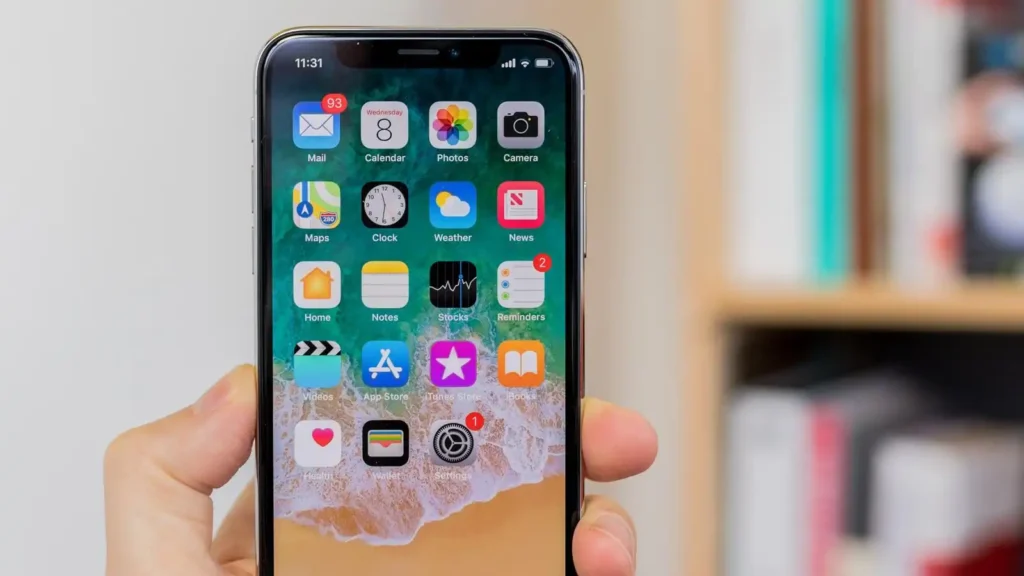
The first point of entry into the world of Apple’s mobile operating system, iOS, is the iOS Setup Assistant. This user-friendly application guarantees a smooth onboarding process for users, regardless of whether they are configuring a new device or recovering from a backup. We’ll go through all of the features, customization choices, and setup process optimization advice for the iOS Setup Assistant in this extensive tutorial.
What is iOS Setup Assistant?
When a user turns on a new iOS device or does a factory reset, the iOS Setup Assistant appears. Its main function is to assist users in setting up the device’s basic settings and preferences so they may customize it to suit their requirements. From establishing Wi-Fi connections to configuring iCloud and turning on features like Face ID or Touch ID, the Setup Assistant ensures a smooth transition into the iOS ecosystem.
How to Use iOS Setup Assistant
1. Setting Up Basic Preferences
First, users are prompted by the Setup Assistant to choose their chosen language and location. After that, customers are directed to establish a Wi-Fi network connection, which is necessary to have internet access to download updates and utilize iCloud services. Additionally, users may choose to accept or turn off location services, which let other applications and services use the location of the device for things like navigation and customized suggestions.
2. Setting up iCloud and Apple ID
Setting up an Apple ID, which acts as the entry point to Apple’s network of services and content, is one of the essential phases of the iOS Setup Assistant. Users have the option to use their current Apple ID to log in or use the Setup Assistant to establish a new one. After logging in, users may activate several iCloud services, including Find My iPhone/iPad/Mac, iCloud Backup, iCloud Drive, and iCloud Keychain. These services guarantee reliable data syncing across devices and strong security measures.
- Changing the Device’s Settings
Users may tailor a number of device settings to their liking with the help of the Setup Assistant. It includes activating or disabling Siri, choosing display and text size preferences, configuring passwords and Touch ID/Face ID for increased security, and setting up privacy settings, including app permissions for accessing contacts, images, and other data.
4. Transferring Data from an Old Device
The Setup Assistant offers choices for moving settings, applications, and data from the old iOS device to the new one for consumers upgrading from an older model. iCloud Backup may be used to accomplish this remotely, or Quick Start, which accelerates the transfer process using proximity-aware technologies, can be used to perform it over a direct connection. In addition, users have the option of starting from scratch or, if one is available, restoring from an iTunes or Finder backup.
5. Exploring Additional Features
The iOS Setup Assistant exposes users to new features and services that improve the iOS experience beyond just the necessities. It includes enabling Screen Time for parental restrictions and device usage tracking, establishing HomeKit for smart home integration, setting up Apple Pay for safe payments, and signing up for Apple News, Apple Music, and other Apple services straight from the Setup Assistant.
5 Tips for Optimizing the Setup Process
Take into account the following advice to expedite the setup procedure and guarantee a seamless transition into the iOS ecosystem:
- Plan Ahead: Make sure you have access to a reliable Wi-Fi network and have your Apple ID credentials handy before beginning the setup procedure.
- Examine the settings carefully: Make sure all of the settings and options that are displayed during setup suit your tastes and privacy concerns by taking the time to go over each one.
- Turn on Two-Factor Authentication: To safeguard your account and personal data, turn on Two-Factor Authentication for your Apple ID for an extra layer of protection.
- Frequently Backup: Develop the practice of routinely backing up your device with iTunes/Finder or iCloud Backup to guard against data loss in the event that your device is lost or damaged.
- Explore Additional Settings: To personalize further and enhance your iOS experience, explore the Settings app on your device after finishing the Setup Assistant.
Final Thoughts
As a first step into the world of iOS, the iOS Setup Assistant helps customers through the setup procedure effectively. For those who are unfamiliar with the iOS environment, the Setup Assistant guarantees a smooth onboarding process, helping them with everything from setting up basic preferences to personalizing sophisticated settings and discovering new capabilities. Users may maximize the setup process and unleash the full power of their iOS device right away by using the advice provided in this article. Let the iOS Setup Assistant be your dependable companion on the device setup process, whether setting up a new device or restoring from a backup.
